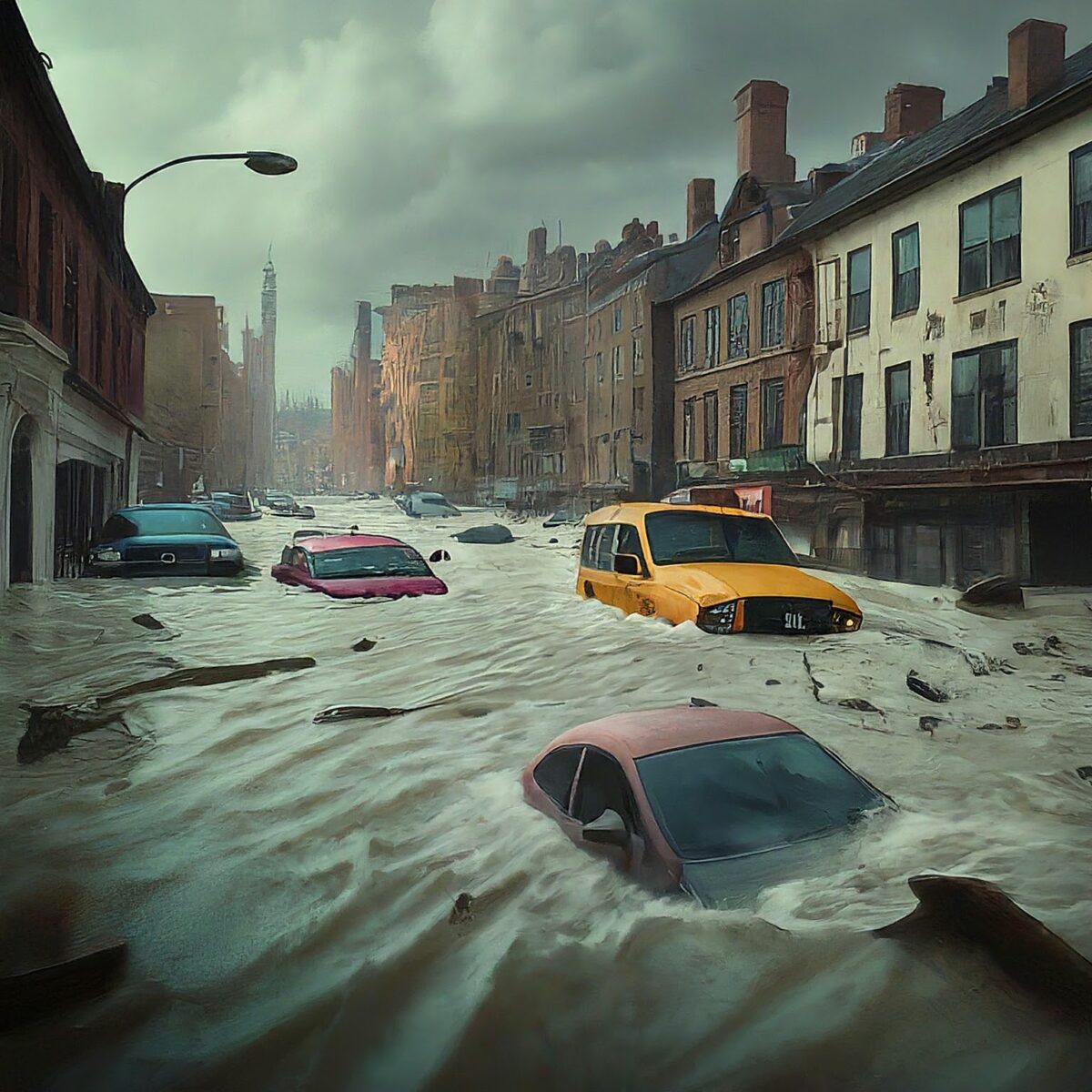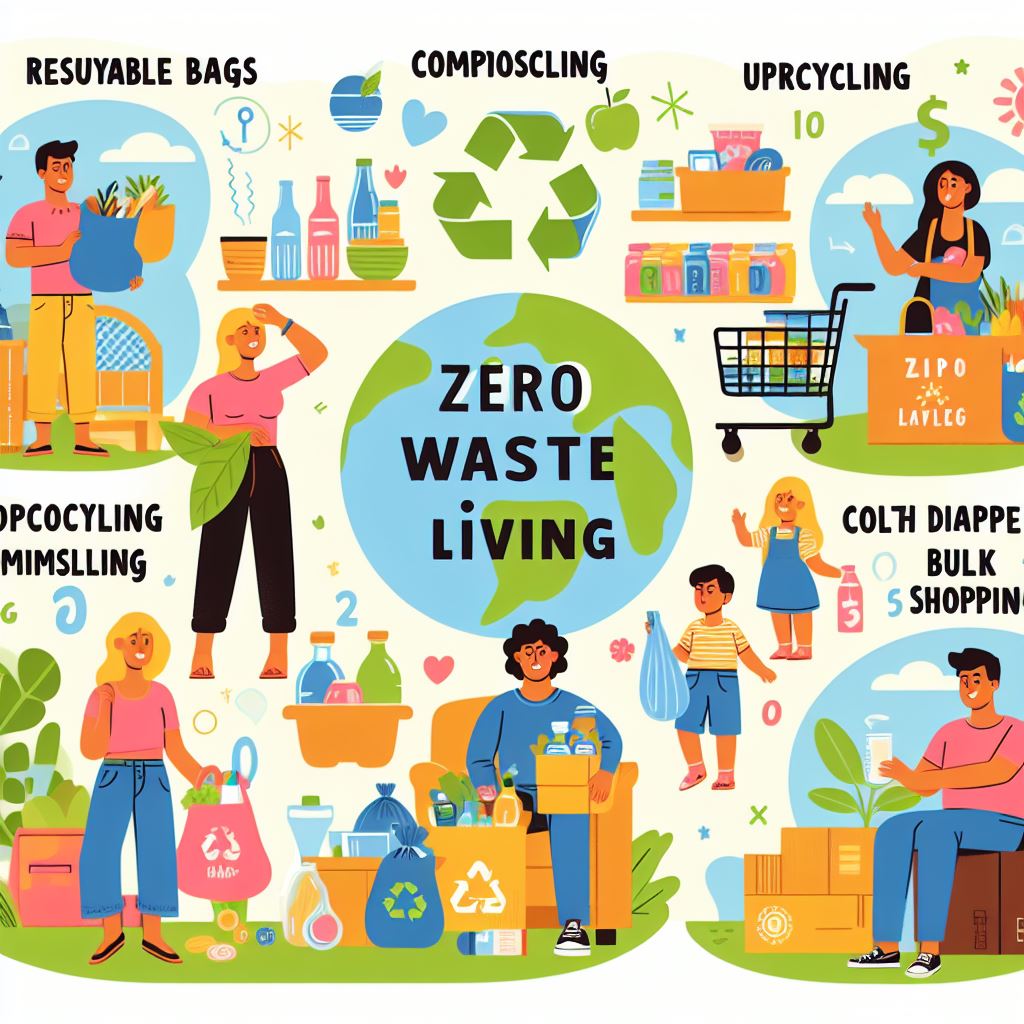The increasing frequency and severity of extreme weather events, the potential risks posed by industrial facilities, and the vulnerability of aging infrastructure all highlight the urgency of proactive hazard identification. Far from an abstract exercise, this vital step lays the foundation for protecting residents, preserving community assets, and fostering long-term resilience.
What is Hazard Identification?
Hazard identification is a multifaceted process involving:
- Analyzing the Past: Historical data on natural disasters, accidents, and near-misses within the community and surrounding region provides invaluable insights into recurring threats and potential patterns.
- Understanding the Present: Assessing current conditions, including population density changes, ongoing development, proximity to industrial activities, and the state of critical infrastructure (roads, bridges, power grids) helps pinpoint vulnerabilities.
- Projecting Future Scenarios: Incorporating climate change projections, demographic shifts, and potential new industries is essential for identifying emerging risks that the community might not have previously faced.
The Power of Comprehensive Hazard Identification
- Informed Land-Use Planning: Hazard maps can guide development towards lower-risk areas, restrict building in floodplains or high wildfire zones, and promote resilient building design.
- Proactive Risk Reduction: Targeted investments in flood mitigation, seismic retrofits, power grid upgrades, or hazardous materials handling improvements can significantly reduce the likelihood and severity of disasters.
- Enhanced Emergency Preparedness: Identifying the most likely scenarios guides the development of evacuation plans, ensures the strategic pre-positioning of resources, and informs effective communication strategies to reach vulnerable populations.
- Protecting Economic Vitality: By minimizing disruptions from disasters, business continuity planning is strengthened, protecting jobs and the long-term economic health of the community.
- Safeguarding the Environment: Understanding potential threats to natural ecosystems, water resources, and critical habitats allows for protective measures to be put in place, ensuring a healthy environment for future generations.
Fostering a Culture of Collaboration
Effective hazard identification depends on open communication and partnerships between:
- Local, State, and Federal Agencies: Access to data, technical expertise in various fields, and alignment on risk assessment methodologies are crucial.
- Community Stakeholders: Residents, neighborhood associations, and businesses have invaluable insights into local hazards, past incidents, and the specific needs of vulnerable populations.
- Researchers and Academia: Collaboration with universities and scientific institutions provides cutting-edge modeling techniques, data analysis, and insights into emerging risks.
- Private Sector: Industrial facilities, utilities, and major employers must participate in identifying potential hazards associated with their operations and work collaboratively to manage risks.
Tools and Resources to Support Effective Hazard Identification
- FEMA’s National Risk Index: Provides a baseline assessment of natural hazard risks at the county level, helping communities understand their starting point.
- State and Regional Hazard Mitigation Plans: Often provide more detailed hazard data and analysis tailored to specific geographic regions.
- Community Engagement Platforms: Online tools, town halls, and surveys can gather resident input, build awareness, and ensure all voices are heard during the identification process.
The Takeaway
By investing time and resources into thorough hazard identification, communities make a commitment to their future safety and well-being. Adopting a proactive, collaborative approach empowers decision-makers with the knowledge to build a more resilient tomorrow for everyone.





